Rock music journalism has a long and colorful history, but all too rare are those journalists whose work interrogates a subject for decades. Even more rare are journalists whose work on a band or musician also encompasses an active performing history as a musician, steeped in the songs and approach of their subject. This week’s essay focuses on the David Gans Papers, a vital supporting collection in the larger Grateful Dead Archive, and one of the most interesting. Gans’s work spans a wide variety of genres, reflecting an eclectic career that has at its core a profound appreciation and respect for the Grateful Dead. As a journalist, author, broadcaster, and musician, Gans has a remarkable resume, defined by an extensive bibliography and discography that is an indelible part of the Grateful Dead’s larger history, and their Archive.
Gans’s collection helps to define that contribution in several ways. It consists of two sections: his working files for the book Playing in the Band, and the master compact discs for his nationally syndicated radio show The Grateful Dead Hour. The two sections, or series, complement each other perfectly: Playing in the Band introduced thousands of fans to the deeper history of the band and scene, at a time when good books on the band were a rarity; The Grateful Dead Hour debuted in 1988, when interest in the band was at a peak, but the crowds of young fans had flooded the scene and disrupted the traditional acculturation process that had shepherded newcomers into the scene. The Grateful Dead Hour became a trusted voice as the scene struggled to adapt to what insiders dubbed the era of mega-Dead, and remains an important resource for new fans to learn about a fascinating scene, with such a long and dauntingly complex history. Over time, the show has become one of the great conduits of the Dead’s music: before CDs became the norm, and long before the Internet replaced Deadhead tape trading networks, The Grateful Dead Hour was one of the greatest sources of high-quality live Dead music beyond the band’s own releases.
Fig. 1. Playing In the Band typescript draft page, with source credit.
Playing in the Band was one of the first good books on the Dead, and the first that was explicitly informed by a wide range of sources. Especially impressive was the range of broadcast interviews Gans assembled and utilized. All that was missing was footnotes, not possible in a trade publication, although he did list his sources; now, with his archive, scholars can track down the sources for his quotations, and even see his early drafts, with all of the excised parts intact. Securing Gans’s working files for the book was an early priority for the Archive. Shortly after the band announced the donation of their Archive, I approached him about those files. I had long been interested in trying to annotate that volume, which remains one of the best, most accessible, and deeply sourced primers on the Dead’s history and music. David graciously agreed, making the first accrual to the David Gans Papers one of the earliest supporting collections in the Archive.
Fig. 2. Playing in the Band, early typescript draft page with emendations.
His second accrual added the first few hundred CDs of The Grateful Dead Hour, beginning with the first show, broadcast in September 1988. Its weekly broadcasts have included interviews (the debut show featured a fine segment with Jerry Garcia by Mary Eisenhart), album tracks, and live performances drawn from the band’s voluminous archive of live recordings, the legendary Vault. Now up to more than 1,400 shows, The Grateful Dead Hour has brought the band’s history and recordings to a nationwide audience. The CDs of those shows are a coveted part of the collecting scene, and many have been paid the dubious compliment of being bootlegged as part of the thriving underground collector’s market in Europe and Asia.
More than just a vital window into the band’s Vault, The Grateful Dead Hour also documents the band’s influence: how its history has been disseminated, not only as a radio show but also with the guests and other artists Gans has featured. Hundreds of covers by a diverse range of artists have appeared on the show, many providing interviews discussing their own affection for and influence by the Dead.
Fig. 3. The Grateful Dead Hour master CDs.
While his collection documents two of his greatest contributions to the scene, Gans is represented throughout the Archive. His thoughtful correspondence with the band can be found throughout the correspondence series; his book proposals may be found in the business series; discussions of his book proposals pepper the meeting minutes; and his interviews and articles span more than two decades in the press series. His books and recordings are part of the band’s library and the broader dissemination of the Dead’s music, all cataloged and available to Archive researchers and visitors.
The way his work is diffused throughout the Archive demonstrates how Gans exemplifies the spirit and the ideals of the Grateful Dead phenomenon: how the band’s example encouraged fans to participate, to give back, and to reflect in their own lives the ideals animating the Dead’s music and the band’s lifework to present it. Gans will always be seen as one of those fans who first understood the opportunity and the challenge of that example: he took those lessons to heart, and gave back, on so many levels. As a journalist and historian, he has been one of the best chroniclers of the scene, not only appreciating but enriching the scene, and making it possible for others to deepen their own appreciation and understanding. As a musician and interpreter, he has demonstrated how the band’s songbook and signature approach to improvisation and performance can form a broad and deep foundation for a wide-ranging repertoire that is vibrant and original, transcending a style to become a living tradition. And his work as a solo musician, band member, and leader has included Phil Lesh and a number of the musicians who have intersected the Dead’s orbit, along with many others who have picked up the torch.
No discussion of Gans’s work on the Dead would be complete without mentioning his two latest accomplishments: his coauthored book on the band, This is All A Dream We Dreamed: An Oral History of the Grateful Dead (FlatironBooks, 2015), and his most recent CD, It’s A Hand-Me-Down (Perfectible Records, 2015). Both extend his work in compelling and intriguing ways. Cowritten with his longtime friend and colleague Blair Jackson, the book builds on Gans’s long career as a journalist and his strengths as a popular oral historian by presenting the band’s history as an oral narrative. It tells the Dead’s story by weaving together excerpts from hundreds of interviews by dozens of voices from the band, family members, friends, and associates. A monumental undertaking, the book manages to break new ground, finding fresh perspectives on well-trodden turf and long familiar touchstones.
One theme that emerges clearly from the book is the degree to which the band’s story is a collective effort, one that Gans and Jackson wisely tapped and honored in their work. That theme also defines Gans’s CD, It’s A Hand-Me-Down. A mosaic of thirteen songs drawn from a wide swath of the Dead’s songbook, it showcases Gans’s signature solo electric style as well as his acoustic prowess. Fittingly, it also credits a wide network of friends, from musical colleagues to professionals whose talents he tapped as engineers and producers - - and many more who contributed generously to the crowdfunding campaign that sponsored the release, listed in the liner note booklet. Fans will also appreciate the package design, a silhouette of a raven, a subtle nod to one of the band’s signature icons that avoids any Dead-related graphic clichés and instead makes clear that the band’s songbook can now be viewed as its own tradition, a part of classic Americana. It is especially fitting that he would release a CD of his own music, You Are Here(Perfectible Recordings, 2015) as a counterpart to It’s A Hand-Me-Down, making the point that his fealty to the Dead’s example includes his own contributions, his own songs - - and even a fine musical setting for an original Robert Hunter lyric, “Shut Up and Listen.” The power of that example went far beyond what typical fandom signifies: as Gans’s work demonstrates, what the Dead encouraged was for Deadheads to make their own contributions, in whatever arena they chose - - a democratic, inclusive, and ultimately strategic approach that allowed talented outsiders to enrich their own scene as well.
Fig. 4. CD cover, It’s A Hand-Me-Down.
In his 1990 book Blissed Out: The Raptures of Rock, British rock critic Simon Reynolds observed that “A fissure between experience and explication has been intrinsic to rock music writing since its inception, in the mid-sixties. By the mid eighties … this gulf between rock music and rock discourse had grown so wide it was deleterious to the music.” What the David Gans Papers show is how one person’s work - - as musician, journalist, and writer - - can bridge that chasm, even weld it shut. Gans’s collection - - and career - - demonstrate how it is possible to fuse the roles of aficionado, historian, and interpreter; and most of all, how that multifaceted approach can form the kind of sure foundation necessary for the successful explication of the Grateful Dead’s music and cultural impact. His archive is an eloquent expression of that achievement.
Fig. 5. Items from the Gans Papers and others on display in McHenry Library, UC Santa Cruz.
Images: Figs. 1, 2, 3 courtesy David Gans Papers, Grateful Dead Archive, UC Santa Cruz. Fig. 4, courtesy David Gans. Fig. 5 by Nicholas G. Meriwether. Used with permission.
dead comment
Asynchronicity
aficionado, historian, interpretator
Deadhead Hour Pre-history
Dead Head Radio ~ Night Of The Live Dead
Thanks for Posting
That page from PITB
Good Stuff!
This is a great post documenting David's collection. I was searching all over the web to find an informative article and I came across yours. I won't have to go anywhere else for information on one of my fav bands The Grateful Dead! Thanks again, Krisha from https://www.electricianinformationresource.com/




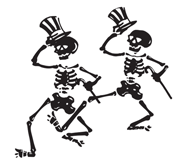
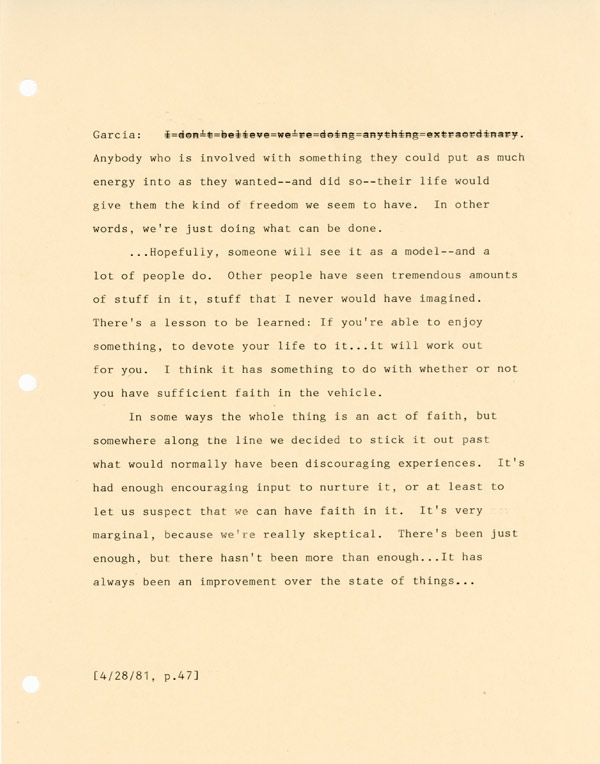
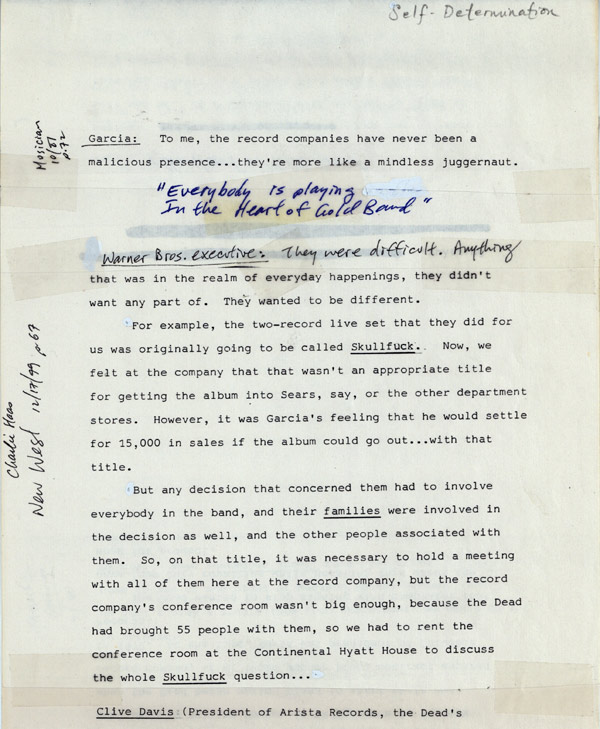
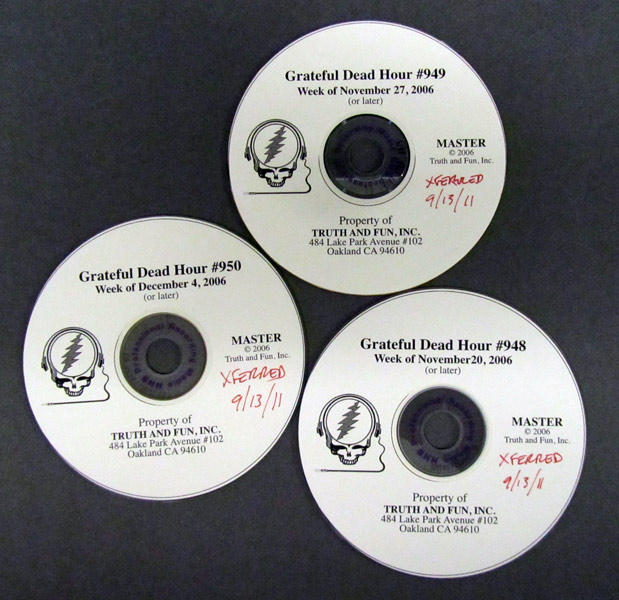
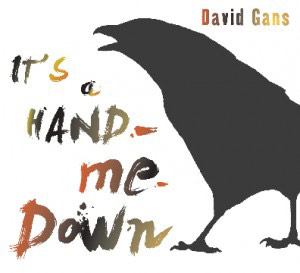
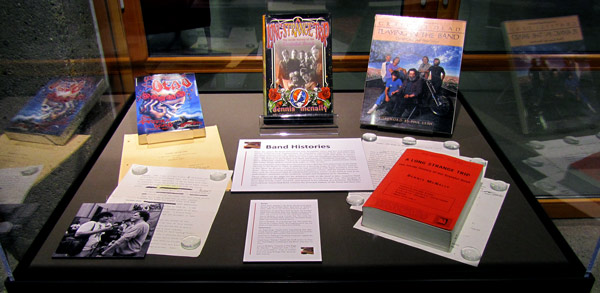

This is a great post documenting David's collection. I was searching all over the web to find an informative article and I came across yours. I won't have to go anywhere else for information on one of my fav bands The Grateful Dead! Thanks again, Krisha from https://www.electricianinformationresource.com/